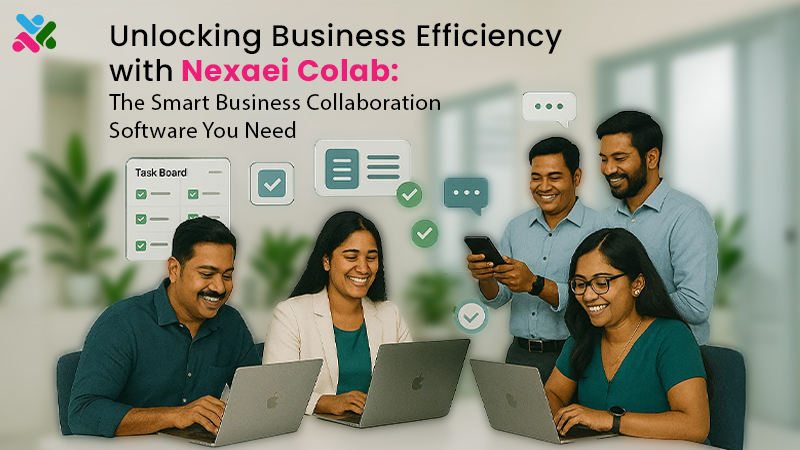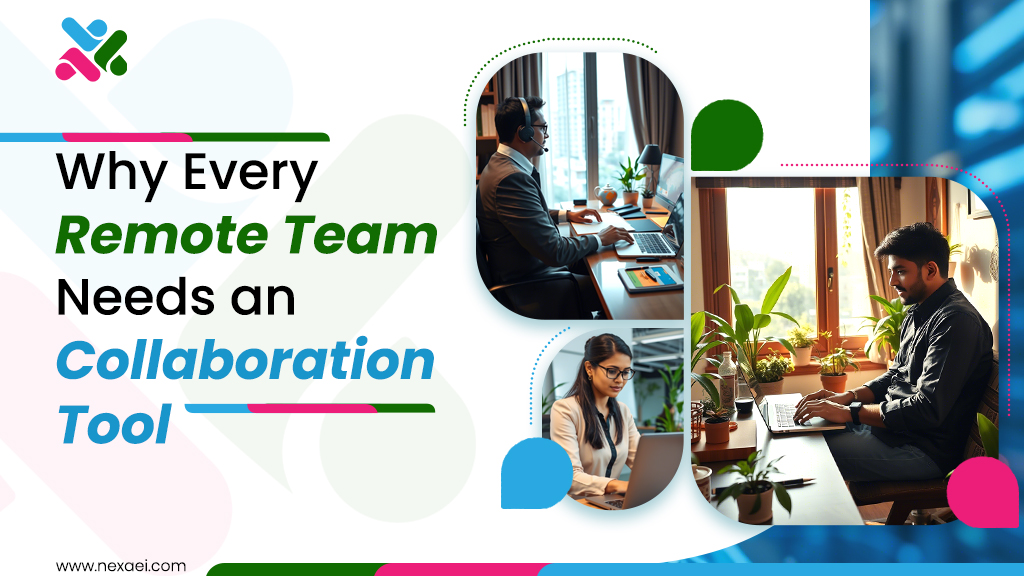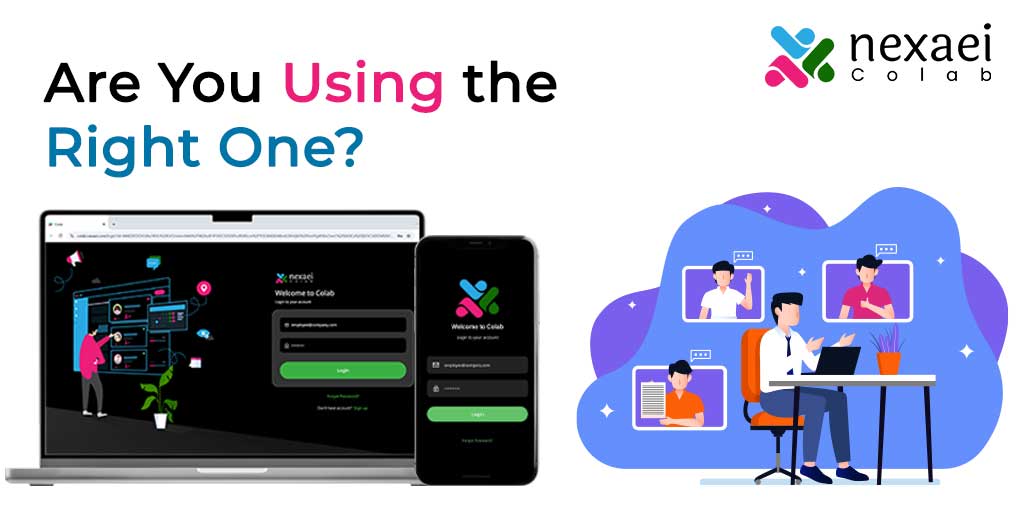Top 5 Collaboration Trends to Watch in 2025: What Smart Teams Are Doing Differently

In 2025, collaboration isn’t just about chatting online or hopping on Zoom calls. It’s about building a connected, secure, and intelligent workplace where ideas flow freely, teams feel empowered, and productivity is at its peak. With automation, hybrid work, and security concerns reshaping how businesses operate, it’s time to take a closer look at where […]
Unlocking Business Efficiency with Nexaei Colab Tool: The Smart Online Business Collaboration Software You Need

Why Nexaei Colab Software Is the Online Collaboration Tool That Modern Businesses Need In today’s fast-paced digital landscape, secure and streamlined communication isn’t just beneficial—it’s business-critical. Whether you’re supporting remote teams, managing cross-functional projects, or scaling operations, the right online collaboration tool can dramatically improve productivity and engagement. Here’s why smart businesses are making the […]
Why Data-Secure Platforms Are Non-Negotiable in Today’s Business Landscape

We’re living in a time where hybrid work, cloud tools, and digital collaboration are part of daily business life. While that’s opened doors to better productivity and flexibility, it’s also brought in some serious risks—cyber threats, accidental data leaks, and unauthorized access. That’s why having a data-secure platform isn’t just a tech option anymore—it’s an […]
Why Every Remote Team Needs an Online Collaboration Tool

Let’s face it — remote work is no longer a stopgap. It’s the new normal. Whether your team is fully remote, hybrid, or always on the move, staying connected and productive without being in the same room has become a critical part of how modern businesses operate. But here’s the catch: messaging apps, endless email […]
The Rise of Collaboration Apps: Are You Using the Right One?

In the modern workplace, speed, clarity, and teamwork aren’t just bonuses — they’re requirements. Whether you’re working remotely, in-office, or in a hybrid setup, how your team collaborates can make or break your productivity. That’s where collaboration apps come into play. From Slack and Microsoft Teams to WhatsApp and Outlook, the digital ecosystem is crowded. […]
5 Tips to Work Smarter with Colab

Amit, the Operations Head at Bharat BuildCo, an Indian construction company, felt his heart beating hard with anxiety. The biggest presentation of his career was due the next day, and as the team leader, he felt a weight of responsibility to ensure it was a success. This wasn’t just another assignment. This was Bharat BuildCo’s […]
The One Problem Limiting Your Business Potential

Amit stared at his salary slip, his eyes scanning the numbers over and over. Something wasn’t right. His paycheck was lower than expected. He sighed, rubbing his temples, and opened his inbox to find no email explaining the discrepancy. He decided to call HR. But as expected, his call went unanswered. Panic started creeping in. […]
The Biggest Enemy For Every IT Team

It started as a minor frustration. Raj, a project manager at a medium-sized company, was fed up with waiting on IT approval just to install a tool that could make his work flow easier. The official business collaboration software was clumsy, slow, and didn’t really suit the needs of his team. He needed something more […]
Why Workplace Productivity Feels Like A Struggle

Apex BuildCo, a fast-growing Indian company, was thriving. Clients were happy, revenues were soaring, but as the company expanded, new challenges emerged. Communication with vendors, consultants, and clients became chaotic. Files got lost, sensitive data was shared without security, and employees struggled to manage multiple platforms for discussions. The company needed a secure, efficient, and […]
The Ripple Effects of Miscommunication: A Cautionary Tale

The next morning, Suresh felt the familiar weight of frustration as he logged into yet another team meeting. Apex BuildCo’s communication chaos wasn’t just causing delays; it was unraveling the team’s teamwork and collaboration. Anita, his boss, looked as weary as he felt. “Suresh,” she began, exasperated, “I need you to explain why the project’s […]
